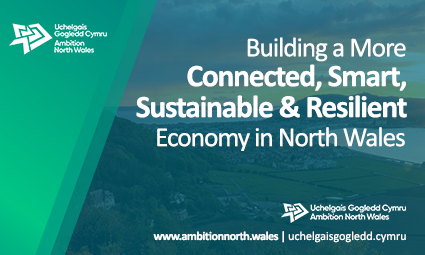Written by Richard Selby, director and co-founder of Pro Steel Engineering
You’ll all be familiar with the ever-prominent story of the UK’s biggest steelworks Tata Steel. It’s back in the news this week as it was reported that it would close its Port Talbot site, unless it receives a £1.5bn subsidy from the UK Government to decarbonise and become the energy-efficient steel-making company it aspires to be. A spokesman from Tata said, “its experts had been exploring low carbon options that will protect steelmaking in the UK.”
Speaking to the Financial Times, Tata Group chairman Natarajan Chandrasekaran said: “A transition to a greener steel plant is the intention that we have . . . But this is only possible with financial help from the government.
“We have been in discussions over the last two years, and we should come to an agreement within 12 months. Without this, we will have to look at closures of sites.”
The report says Tata wants to close two blast furnaces at Port Talbot and build two electric arc furnaces, that will be less carbon intensive.
With no investment from the UK into greener steel to date, the current picture can be summarised as follows*:
- 34,500 people directly employed by the UK steel industry
- The UK currently produces 7.3 million tonnes of steel.
- £2.4bn direct contribution to UK’s balance of trade.
- 45% average steel salary higher than the national average.
- The big story for the primary producers is that there is significant competitive disadvantage on energy prices (particularly electricity). A recent report by UK Steel identifies France as having 62% advantage and Germany as having a 50% advantage on electricity costs. Benchmarked, the conditions are extremely tough. UK industry has spent over 20 years without significant investment in infrastructure but has used its strong technical knowledge and research departments to maintain a strong product offer.
I don’t think many people can appreciate the value and significance of the steel industry; it’s vital to so many sectors and industries including our own national security.
This is a very worrying time indeed for its 8,000+ employees and suppliers of Tata Steel, who have to endure through yet another period of uncertainty, something we in the industry are too accustomed to these days.
The steel sector has quite literally been lunging from one crisis to another from Port Talbot on the verge of closing years ago, to the demise of British Steel, the ongoing saga with Liberty Steel, and that’s before you add Brexit, Coronavirus, and this year’s war into the mix.
So, to now have the prospect of Port Talbot closing within a possible 12 months is deeply unsettling.
Without question, we all have a part to play in the decarbonisation of our steel businesses, but the messaging coming out of Port Talbot has been harrowing for everyone involved. We absolutely need to maintain steel capability, and it will definitely be more cost effective to invest in pre-existing sites rather than starting from scratch, surely that is obvious? The decarbonisation of sites WILL have to happen, so why not start now before it’s too late?
This conversation is much broader than Port Talbot alone though. All steel sites have the right infrastructure in place – electrical power, pipe work, extensive gas (oxygen, hydrogen, argon, nitrogen, natural gas etc) and the transport links to support much more than just steel. We are well aware that we will be entering a waste and fuel crisis, so now more than ever, we need to follow the suit of a country like Japan and adopt a resource strategy, something we have been calling upon the UK Government to do in anticipation. Now is the time to invest in the infrastructures that aren’t in disrepair to shape the modern and efficient vision we all agree we need to aim for. Every country will be competing for resources, so let’s make sure we have the best that we can here in Great Britain, to avoid unnecessary and ever-increasing import taxes and costs, and risking the quality dropping. Because right now, British steel is still far superior to that imported, so we need to do all we can to maintain, and grow that, not diminish it.
Of even more importance to this conversation is the preservation of a thriving and highly-skilled workforce. If Port Talbot were to close, those employees would need work quickly to pay mortgages, and manage the cost-of-living crisis we’re also in currently. I don’t imagine many of those losing their jobs would take the time to evaluate their opportunities and retrain completely, they will be seeking immediate employment, and I know for a fact we will lose a big percentage of those to other sectors, and we won’t get them back. That will be a huge skills gap, again another issue we’ve seen only get worse over the years.
I’m not one for bleak conversations, but it’s really important to inform everyone, particularly those outside the sector, of the importance of retaining Port Talbot, for the greater good of steel, its people, its future.
I urge the UK Government to take this subsidy seriously, and consider the potentials that can be achieved by growing the British steel sector long-term. As a steel specialist here in Pontypool, we will be affected by any closures that may happen, but we will be ok.
Others won’t be so lucky. In the meantime, we all have a responsibility to review our own carbon levels and see how we can make small changes within our own businesses to reach net zero.










